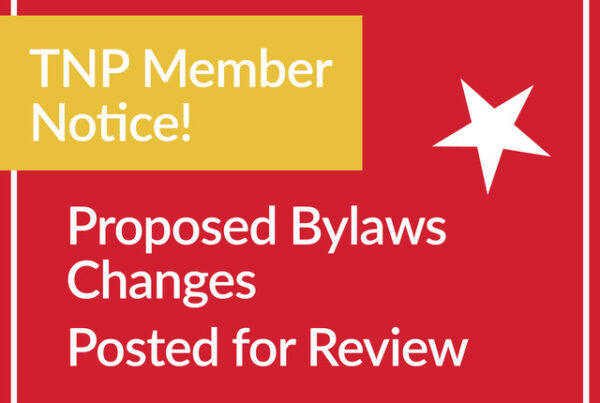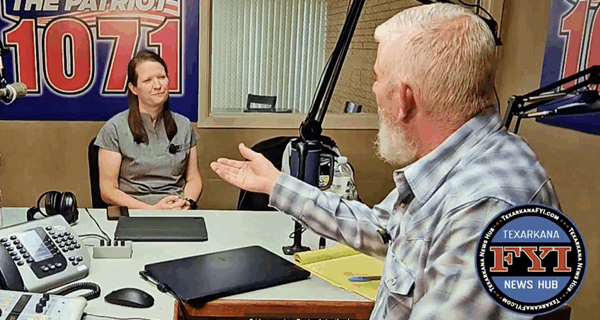In the Community Impact special healthcare edition, TNP President Erin Pérez called for an end to pay-to-play regulations for nurse practitioners that ultimately harm Texas patients and impede access to healthcare.
Texas is among the top ten most restrictive states when it comes to nurse practitioners. In Texas, nurse practitioners must sign an annual contract, and sometimes pay a fee to a supervising physician, in order to practice and care for patients. According to TNP President Erin Pérez, some nurse practitioners who graduate from Texas universities choose to work in telemedicine or move to other states to avoid the “regulatory burden,” contributing to the health care workforce shortage.
Over 72% of nurse practitioners in Texas are licensed in primary care, one of the areas of greatest need in the state.
“What other profession has a signature fee as large as six figures, only a signature, and it doesn’t improve productivity? … This pay-to-play model is just, it’s not right, and it’s not helpful. It’s detrimental to our patients; it’s detrimental to our health care systems,” Pérez said.
If a supervising physician retires or dies, nurse practitioners must stop treating patients until they can sign a new contract.
“We’re talking like two-to-three thousand patients [who], in one instant, don’t have access to their nurse practitioner because that delegating physician retired or died—it’s incredible,” Pérez said. “That’s the heart stop of any nurse practitioner business owner: ‘What happens if that physician that I’m delegating with and paying all of a sudden is no more? What then? How do I help my patients that I’ve been caring for get that access to care, get their medications that keep them as healthy as we can?’”
Texas’ healthcare workforce shortages continue to be dire. According to a Texas Medical Association report cited in the article, out of Texas’ 254 counties, 32 had no primary care physicians in 2022, and 41 had no more than two primary care physicians.
Meanwhile, a study released by researchers at Texas A&M in 2023 showed that there were 124 Texas counties with more primary care nurse practitioners than physicians, 81 of which were rural. Eliminating restrictions on nurse practitioners could make a significant impact on improving access in these communities.





